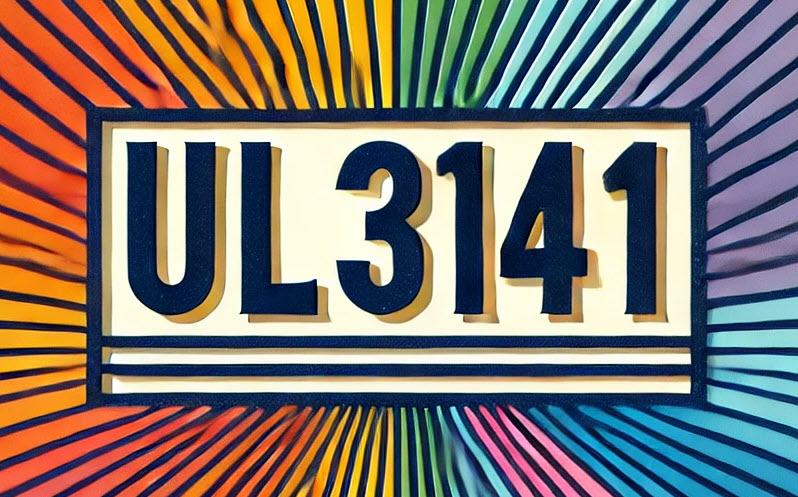
Update 2025-04-01:
An Enphase field engineer recently informed me that busbar overload control won't be included in Enphase's three-phase Power Control System (PCS) certification. This blog post is still relevant for residential Enphase micro-inverters, and non-Enphase non-residential inverters that have (or will soon have) PCS certification.
I need to get a quote out for a non-residential PV system in Oakland, CA.
The electrical service is three-phase 208-volt (wye configuration).
There's a 200-amp subpanel ~20' away from the best PV-array rooftop location. I'd like to propose connecting as much PV as possible to this subpanel (in a safe and code-compliant manner).
Let's assume Enphase's three-phase microinverters (micros): IQ8P-3P-72-E-DOM-US. Each micro's maximum continuous output current is 2.28 amps.
If constrained by the 120% rule, the maximum PV-system breaker size permitted is 40 amps: 200 amps x 1.2 = 240 amps - 200 amps = 40 amps.
PV is a continuous power source (i.e. it normally provides power for 3+ hours). The maximum output current permitted for continuous sources is 80% of the circuit breaker size: 40 amps x 80% = 32 amps.
If single phase, the maximum number of micros permitted would be 14: 14.03 micros = 32 amps / 2.28 amps.
But we can put more on a three-phase system (wye), because current also flows on the third phase: 24.3 micros = 32 amps / 2.28 amps x 1.732 (square root of 3).
With 600-watt PV modules, this would only permit a 14.4 kW DC PV system... which wouldn't make much of a dent in the site's electric bill.
A potential "hack" is to derate the subpanel (to the extent appropriate given the connected loads). Derating the panel to 100 amps would permit a 28.8 kW DC PV system.
But we're in year 2025 and there's a better approach on the horizon (that preserves the subpanel's 200-amp capacity)...

UL is currently reviewing Enphase's application for the UL 3141 listing, for its IQ8 micros. Learn more about the new UL 3141 standard in this excellent Mayfield Renewables blog post.
And Enphase's "Power Control System" (PCS) compliance certificate is here.
Hopefully UL will grant the listing to Enphase by the end of Q2 2025.
With the UL listing granted for its existing technology, Enphase will dynamically control the PV system output, to ensure that total power sources (grid power and PV power in my case) never exceed the busbar rating (assuming, without load control, that subpanel loads would never pull more than 200 amps). This requires monitoring all power sources and loads with Enphase CT clamps. (Also required: Enphase's Gateway 2 device, in a third-party enclosure, with its own 15-amp three-pole breaker in the subpanel.)
With this (code-compliant and AHJ-approved) "power control" in place, the new PV-system-size constraint is: 121.5 micros = 160 amps / 2.28 amps x 1.732.
With ten 12-micro strings (and 600-watt PV modules), that's a whopping 72 kW DC PV system. ...Five times larger than the old-school equivalent without power control (and subpanel derating).
Besides signage, no changes would be required at the main switchboard. And there wouldn't be a new wire run between the subpanel and the switchboard. ...This 72 kW DC PV system will be significantly less expensive than its old-school equivalent without power control.
UL 3141 is a game changer.
Postscript:
I checked with MidNite Solar about their UL-3141 status. Here's their reply (with a few minor Mike clean-up edits):
It looks like we will have the CRD-PCS listing in a couple weeks. I believe the only listing available is the CRD for PCS, I do not believe UL has finalized the amendments to UL 3141 for PCS yet. We will take a look at it though as we do have the CTs and can certainly use them to limit current. UL is currently targeting late 2025 or early 2026 for this.
Jarett Skeffington (an Enphase MVP trainer) on 2025-03-04:
I'm not 100% up on UL3141 yet for 3 phase systems. For residential systems, PCS has been approved for a while and has been working exceptionally well. Your blog post is great and your theory behind the PCS technology is solid, from my understanding.
Reuben B. Ly on 2025-03-07:
Yep, we eagerly anticipated, and now constantly use PCS to avoid main panel upgrades! Especially with batteries it's basically mandatory. Batteries are so powerful, that you're taking that 20 to 40 amps from a typical solar array and multiplying it x2 or x4, depending on the battery array. Without PCS we couldn't do most of our battery installs (or rather, we would have to de-rate a lot of main breakers...)